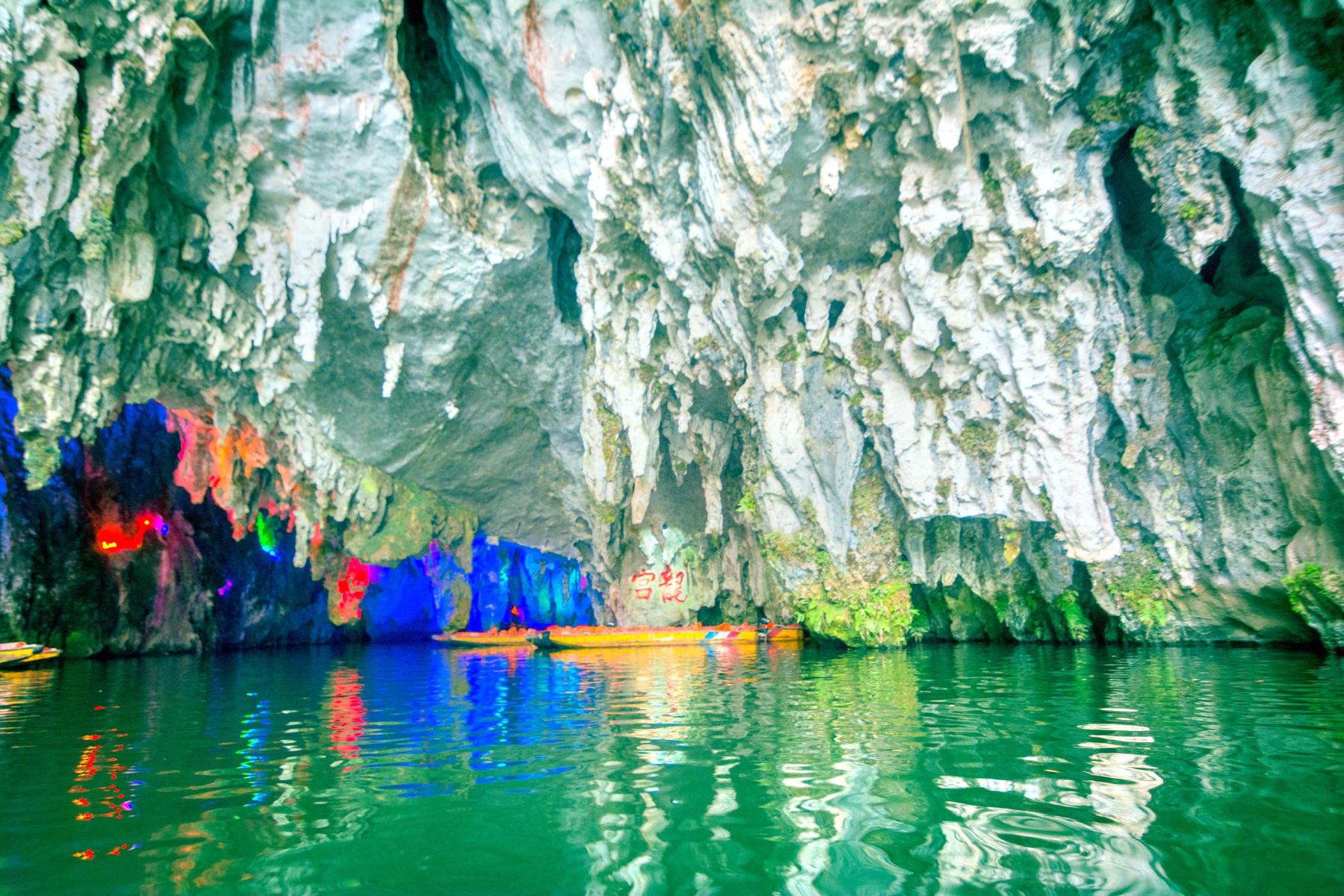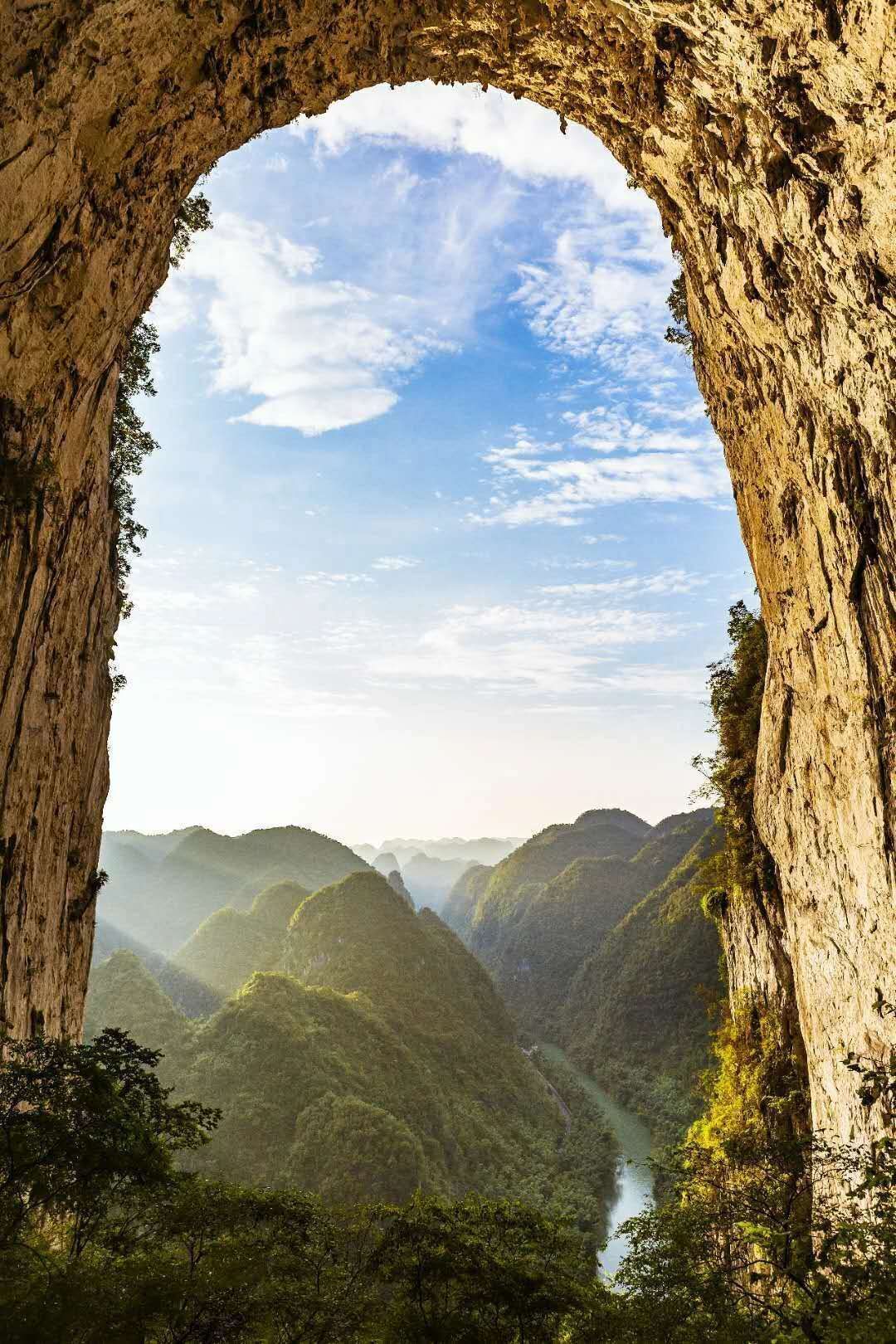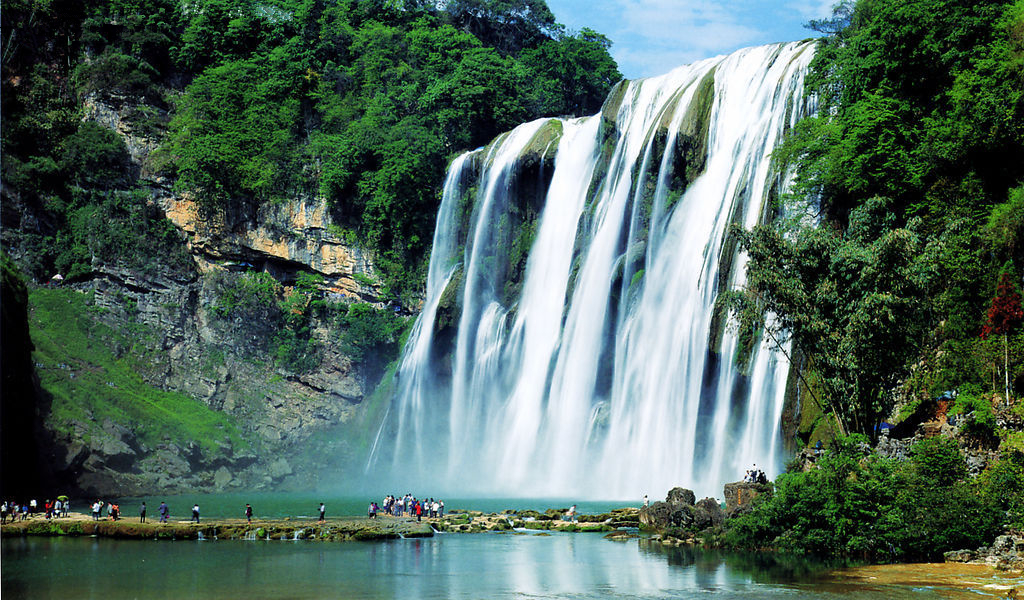



Anshun City
Anshun City, located in the southwestern part of Guizhou Province, China, is renowned for its rich cultural heritage and stunning natural landscapes. The city is home to several notable attractions: Huangguoshu Waterfall: One of Asia's largest waterfalls, standing at 77.8 meters high and 101 meters wide. Visitors can experience the unique Water Curtain Cave located behind the waterfall. Dragon Palace (Longgong) Scenic Area: Famous for its extensive underground karst cave system, featuring impressive stalactites and an underground river navigable by boat. Tianlong Tunbao: A historic village preserving the culture and architecture of the Ming Dynasty, offering insights into ancient military settlements. Getu River Scenic Area: Known for its dramatic karst landscapes, including the impressive Getu Arch, and as a popular spot for rock climbing enthusiasts. Yunfeng Eight Villages (Yunfeng Tunpu): A cluster of ancient villages showcasing traditional stone architecture and rich cultural traditions. Anshun Confucius Temple: One of China's four major ancient stone architectural complexes, reflecting the city's deep-rooted cultural significance.
Information
Ticket price
Time
Location
Anshun, Guizhou, China
View maps
More about the trip
Anshun City: Gateway to Guizhou's Natural and Cultural Wonders
Anshun City, located in the southwestern part of Guizhou Province, China, is renowned for its rich cultural heritage and stunning natural landscapes. It serves as an excellent base for exploring some of Guizhou's most famous attractions, offering a blend of natural beauty, ethnic minority cultures, and historical sites.
What to See and Do
Huangguoshu Waterfall: One of Asia's largest waterfalls, standing at 77.8 meters high and 101 meters wide. Visitors can experience the unique Water Curtain Cave located behind the waterfall. It's the most famous attraction in the region.
Dragon Palace (Longgong) Scenic Area: Famous for its extensive underground karst cave system, featuring impressive stalactites and an underground river navigable by boat. It's a magical subterranean world.
Tianlong Tunbao: A historic village preserving the culture and architecture of the Ming Dynasty, offering insights into ancient military settlements and the unique "Tunpu" culture.
Getu River Scenic Area: Known for its dramatic karst landscapes, including the impressive Getu Arch, and as a popular spot for rock climbing enthusiasts.
Yunfeng Eight Villages (Yunfeng Tunpu): A cluster of ancient villages showcasing traditional stone architecture and rich cultural traditions, offering a glimpse into the lives of the descendants of Ming Dynasty soldiers.
Anshun Confucius Temple: One of China's four major ancient stone architectural complexes, reflecting the city's deep-rooted cultural significance.
Best Time to Visit
Spring and autumn offer the most pleasant weather for exploring the outdoor attractions. Summer can be hot but is popular for the waterfalls. Avoid major Chinese public holidays to escape the crowds.
How to Get There
Anshun is well-connected by high-speed train from Guiyang and other major cities in Guizhou. The Anshun West Railway Station is a major hub. Buses also connect Anshun to its surrounding scenic areas.
Travel Tips
Plan your itinerary: Anshun has many attractions spread out, so plan your visits efficiently, especially if you have limited time.
Wear comfortable shoes: You'll be doing a lot of walking, especially at the scenic spots.
Consider a local guide: For deeper insights into the ethnic cultures and historical sites, a local guide can be very helpful.






